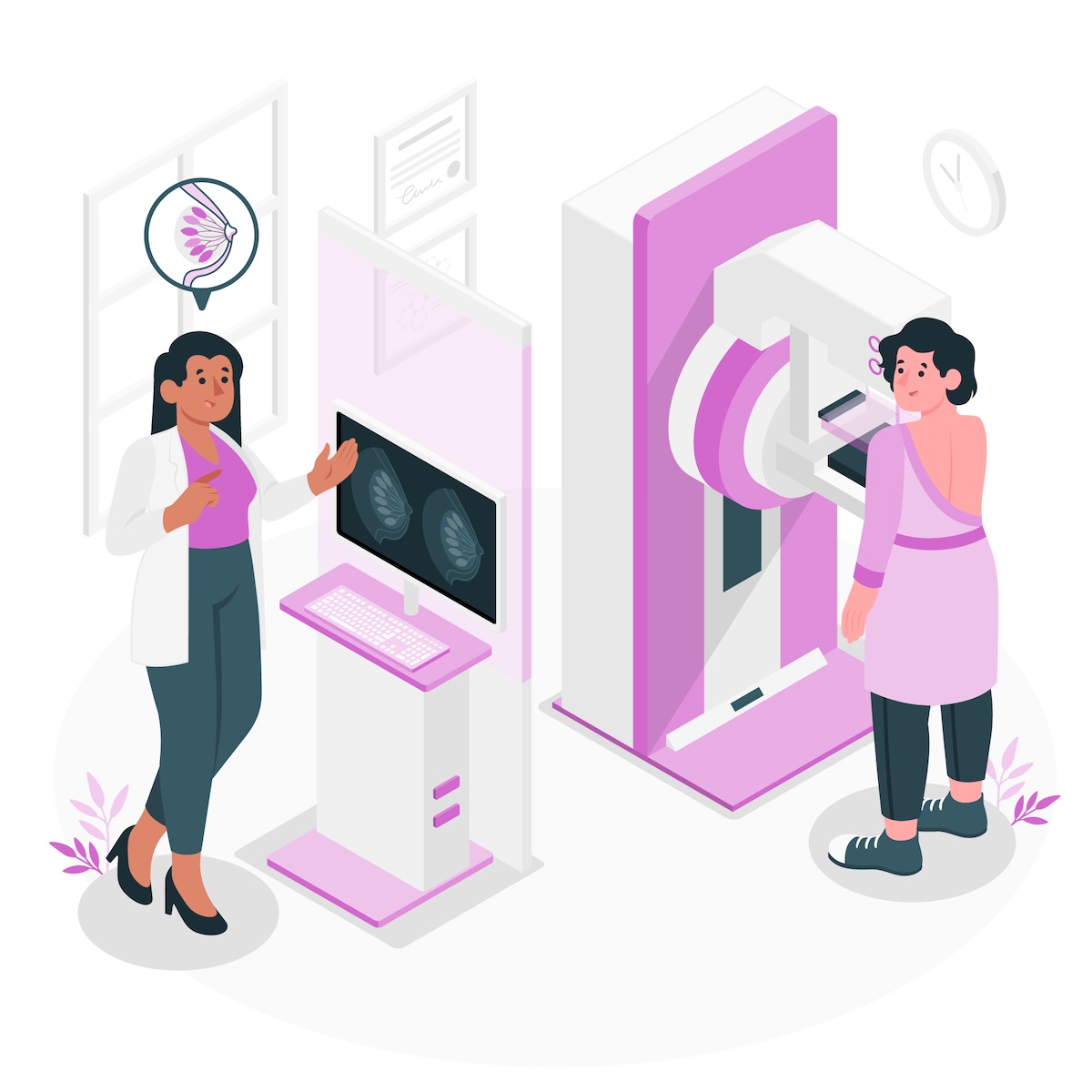Breast cancer is one of the most talked-about and widely researched cancers today. It begins when certain cells in the breast start to grow out of control. These cells can form a lump, also called a tumor, and sometimes spread to other areas of the body. While breast cancer mostly affects women, men can also get it, though it’s much less common.

The good news is that early detection and better treatments have led to improved outcomes over the years. Knowing what breast cancer is, what causes it, how to spot the signs, and what treatment options are available can make a big difference in managing this disease.
What Breast Cancer Is and How It Affects the Body
Your breast is made up of tissue, ducts, and glands that produce milk. When cells in this area begin to grow and divide uncontrollably, they can form a tumor. Some tumors are harmless, but cancerous ones can grow quickly and move to nearby tissue or organs.
Breast cancer usually starts either in the ducts that carry milk to the nipple or in the lobules that produce milk. In many cases, cancer is discovered through regular screening tests, but it can also be found after noticing a lump or other changes in the breast.
As the disease grows, it can spread through the lymphatic system or bloodstream, which makes early diagnosis especially important.
Common Causes and Types of Breast Cancer
There isn’t just one reason someone gets breast cancer. Most cases are linked to a mix of risk factors, some of which you can control, and others you can’t.
Common causes include:
-
Getting older
-
Family history of breast cancer
-
Inherited gene changes, like BRCA1 or BRCA2
-
Hormone levels (such as early menstruation or late menopause)
-
Lifestyle habits like smoking, drinking, or being overweight after menopause
Types of breast cancer include:
-
Ductal carcinoma in situ (DCIS): A non-invasive form that stays inside the milk ducts.
-
Invasive ductal carcinoma (IDC): The most common form, spreading beyond the ducts.
-
Invasive lobular carcinoma (ILC): Starts in the lobules and spreads to nearby tissue.
-
Triple-negative breast cancer: A more aggressive form that doesn’t respond to hormone therapy.
-
Inflammatory breast cancer: A rare but fast-growing type that causes swelling and redness.
Each type behaves differently and may respond to different treatments, which is why identifying the exact type is a crucial first step.
Recognizing the Symptoms Early
Breast cancer doesn’t always cause symptoms right away. But as the tumor grows, some signs may become more noticeable.
Symptoms can include:
-
A lump or thickening in the breast or underarm
-
Changes in the size or shape of the breast
-
Dimpling or puckering of the skin
-
Nipple discharge, especially if it’s bloody
-
Pain in the breast or nipple area
-
A nipple that turns inward
-
Red, dry, or flaky skin on the breast or nipple
-
Swelling or warmth that makes the breast feel different from usual
Even though some of these changes may not be caused by cancer, it’s important to see a doctor if you notice anything unusual.
How Breast Cancer Is Diagnosed
If your doctor thinks something may be wrong, they’ll usually start with a physical exam and ask about your symptoms and health history. A mammogram is often the next step. It’s an X-ray that can help detect lumps or unusual tissue.
If the mammogram shows anything suspicious, other tests may follow, such as:
-
Ultrasound or MRI to get a closer look
-
Biopsy to collect a small sample of tissue for lab testing
The biopsy results help confirm whether cancer is present and, if so, what type it is. Doctors also use imaging tests and lab work to determine the stage of cancer—how far it has spread—which helps guide treatment planning.
Treatment Options That Help Manage Breast Cancer
Once a diagnosis is confirmed, doctors will create a treatment plan based on your type of cancer, its stage, and your overall health. In many cases, more than one treatment will be used.
Treatment options include:
-
Surgery: This might be a lumpectomy (removing the lump) or mastectomy (removing the whole breast). Sometimes, nearby lymph nodes are also removed.
-
Radiation therapy: Uses high-energy rays to target and destroy cancer cells, often after surgery to lower the chance of recurrence.
-
Chemotherapy: Involves powerful drugs that kill cancer cells. It can be given before or after surgery and is especially useful if the cancer has spread.
-
Hormone therapy: Blocks hormones like estrogen or progesterone that help some cancers grow. This treatment is usually for hormone-sensitive cancers.
-
Targeted therapy: Uses drugs that aim at specific proteins on cancer cells. These drugs often have fewer side effects than chemo.
-
Immunotherapy: Helps your immune system fight the cancer. It’s not used as often for breast cancer but may help in certain cases.
Most treatments come with side effects, like fatigue, hair loss, or changes in appetite. Your healthcare team will help you manage these and choose the options that are best for you.
Living With and Beyond Breast Cancer
Being diagnosed with breast cancer can be overwhelming. But many people go on to live full and active lives after treatment. Regular follow-up care is important to watch for signs of recurrence and to manage any long-term side effects.
Support from friends, family, and healthcare providers can make a huge difference. Many communities also offer resources like support groups, counselors, and programs for survivors. Talking to others who have been through the same experience can help you feel less alone.
Early detection remains key. Regular mammograms, self-checks, and knowing your body can lead to earlier diagnosis and better outcomes. If you ever feel something isn’t right, trust your instincts and talk to a doctor.

